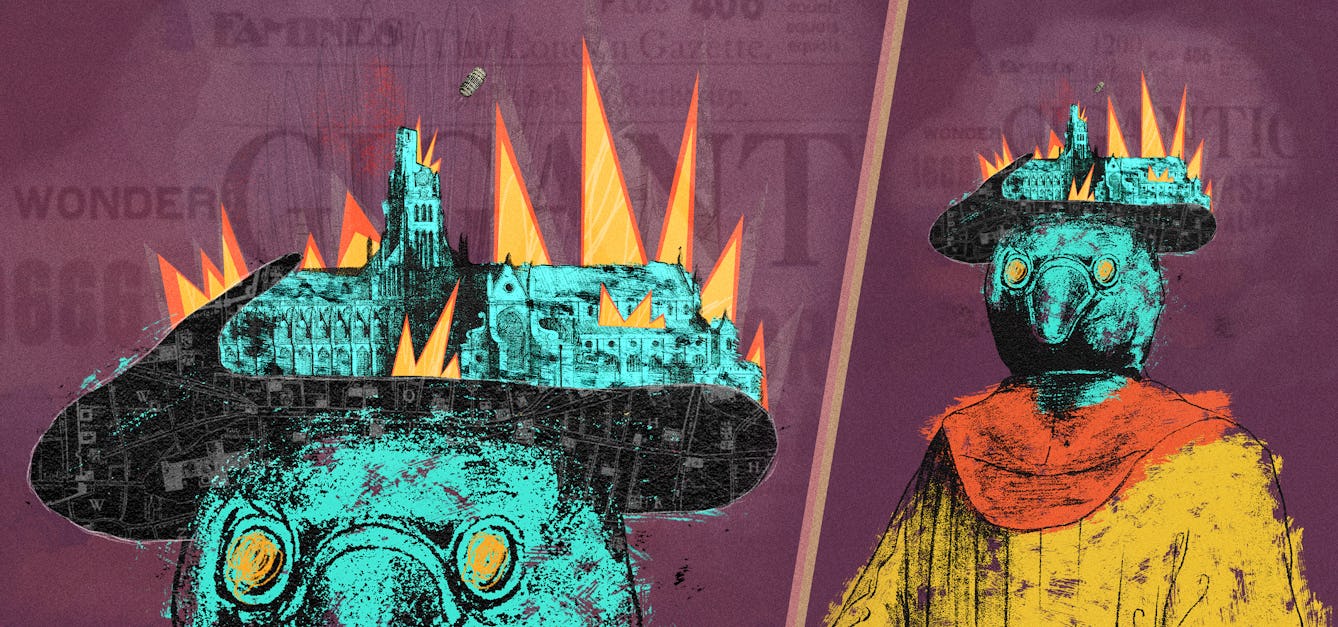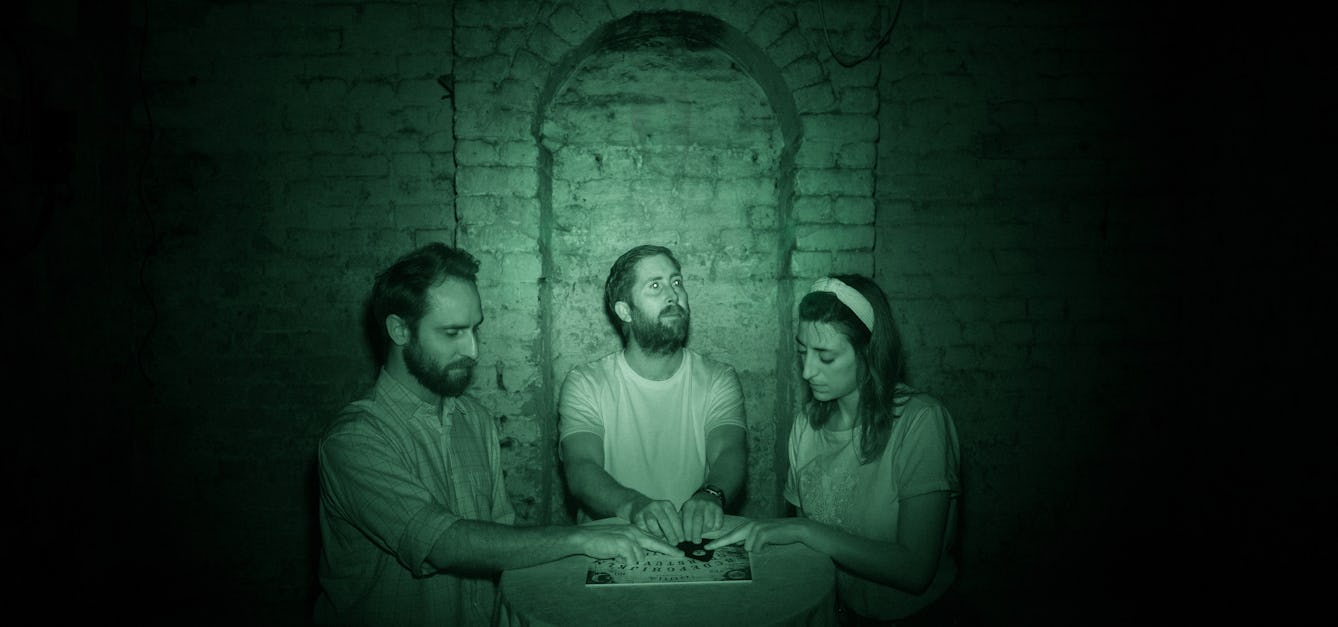Stories

- Article
Sex in graphic novels
Sex and sexuality have long been explored in the history of the graphic novel.

- Article
Devilry and doom in 1666
Disastrous events and a significant combination of numbers signalled the end – or perhaps a new beginning – in 1666. But for some, this feverish period fuelled unprecedented inventiveness and development.

- Article
Deciding a date for the end of the world
When will the world end? Charlotte Sleigh explores how our obsession with dates and dramatic imaginings of the end can distract us from the dangers slowly creeping up on us.

- Book extract
The psychology of Ouija
Explore the science behind table tilting and Ouija boards, and discover how the unscrupulous still make money from exploiting the ‘ideomotor’ effect.
Catalogue
- Books
- Online
A free inquiry into the nature and origin of evil. In six letters to -
Jenyns, Soame, 1704-1787.Date: MDCCLVIII. [1758]- Pictures
Joseph saddles the donkey, preparing for the flight into Egypt. Engraving.
Reference: 22293i- Books
- Online
Sermons on various subjects. In Two volumes. ... . I. Of Justification by Christ. -34 II. The Almost Christian. - -35 III. The Extent and Reasonableness of Self-Denial. - - - -36 IV. The Necessity and Benefits of Religious Societies. - - 37 V. Intercession every Christian's Duty. 38 VI. The Great Duty of Family-Religion. 39 Vii. The Heinous Sin of profane Cursing and Swearing. - - - - 40 Viii. Thankfulness for Mercies received, a necessary Duty. IX. The Eternity of Hell-Torments. - 41 By George Whitefield, A. B. of Pembroke College, Oxford.
Whitefield, George, 1714-1770.Date: 1739- Books
- Online
A letter from a lay-man, In Communion with the Church of England, tho' dissenting from her in some points. To the Right Revd, the Lord Bishop of -
Barrington, John Shute Barrington, Viscount, 1678-1734.Date: 1714- Books
- Online
An account of the conduct of the Dowager Duchess of Marlborough, from her first coming to court, to the year 1710. In a letter from herself to My Lord -
Marlborough, Sarah Churchill, Duchess of, 1660-1744.Date: M,DCC,XLII. [1742]









